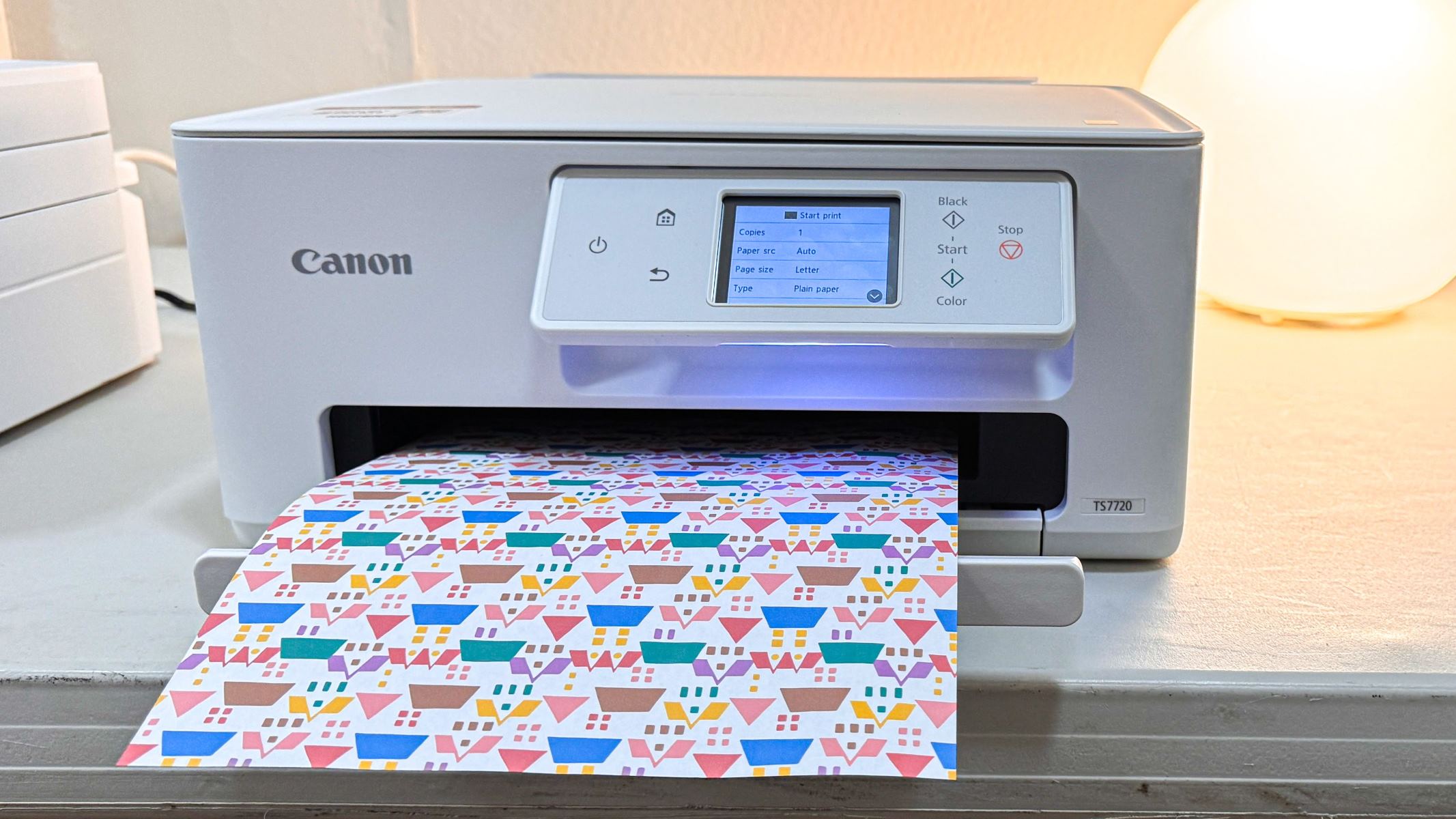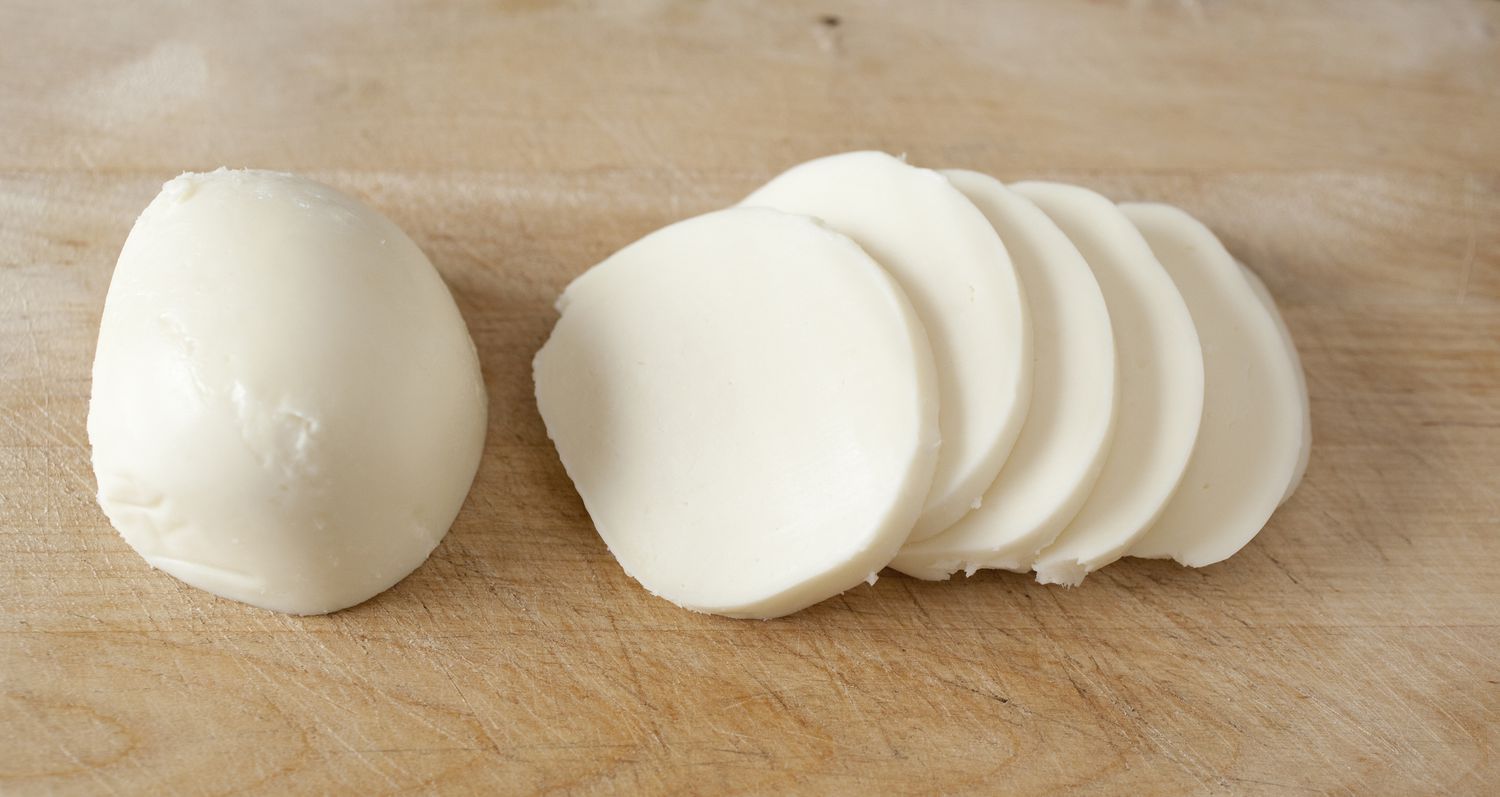Home>Technology>Smart Home Devices>How Long Does Printer Ink Last Once Opened


Smart Home Devices
How Long Does Printer Ink Last Once Opened
Modified: August 28, 2024
Learn how long printer ink lasts once opened and how to maximize its shelf life. Find out the best practices for storing ink for your smart home devices.
(Many of the links in this article redirect to a specific reviewed product. Your purchase of these products through affiliate links helps to generate commission for Storables.com, at no extra cost. Learn more)
Introduction
Have you ever found yourself in the middle of printing an important document only to realize that your printer ink has run dry? It's a frustrating experience that many of us have encountered. Understanding the longevity of printer ink once it's been opened is crucial for ensuring that your printing tasks are completed smoothly without any unexpected interruptions.
Printer ink, once exposed to the air, has a limited lifespan. Various factors such as storage conditions, ink composition, and usage frequency can influence how long printer ink remains viable for producing high-quality prints. In this article, we will explore the factors affecting printer ink longevity, storage tips for extending printer ink life, and the telltale signs of expired printer ink. By gaining a deeper understanding of these aspects, you can optimize the lifespan of your printer ink and minimize the inconvenience of running out of ink at critical moments. Let's delve into the world of printer ink longevity and discover how to make the most of every drop.
Key Takeaways:
- Printer ink longevity is influenced by factors like composition, exposure, and maintenance. Proper storage and recognizing signs of expiration can help maximize ink lifespan and maintain print quality.
- Storing ink in a cool, dark place, resealing cartridges, and using them regularly can extend ink lifespan. Recognizing faded prints, clogs, and odors can prompt timely replacement.
Read more: How Long Does A Garage Door Opener Last
Factors Affecting Printer Ink Longevity
Printer ink longevity is influenced by several key factors, each playing a significant role in determining how long the ink remains usable after the initial opening of the cartridge. Understanding these factors can help users make informed decisions regarding ink usage and storage. Here are the primary considerations:
- Ink Composition: The chemical composition of printer ink significantly impacts its longevity. Dye-based inks, commonly used for vibrant color printing, tend to have a shorter lifespan once exposed to air compared to pigment-based inks. Pigment-based inks, known for their durability and resistance to fading, generally have a longer shelf life, making them suitable for archival-quality prints.
- Exposure to Air and Light: Printer ink cartridges are designed to seal in the ink to prevent premature drying. However, once opened, exposure to air and light can accelerate ink evaporation and chemical degradation. Properly resealing the cartridge after use and storing it in a dark, cool environment can help mitigate these effects.
- Temperature and Humidity: Fluctuations in temperature and humidity can impact the viscosity and chemical stability of printer ink. Extreme heat can cause ink to evaporate more quickly, while high humidity may lead to clogging and other ink-related issues. Storing ink cartridges in a stable, moderate environment can help preserve their longevity.
- Printer Usage Frequency: The frequency of printer use also affects ink longevity. Regular use can prevent ink from settling and drying within the printhead nozzles, thus prolonging the overall lifespan of the ink.
- Printer Maintenance: Proper printer maintenance, including routine printhead cleaning and alignment, can contribute to the longevity of printer ink. Regular maintenance helps prevent clogging and ensures optimal ink flow, reducing the likelihood of premature ink expiration.
By considering these factors, users can take proactive steps to extend the lifespan of their printer ink and maintain consistent print quality over time. In the next section, we will explore effective storage tips for maximizing the longevity of printer ink.
Storage Tips for Extending Printer Ink Life
Proper storage is essential for maximizing the longevity of printer ink once it has been opened. By following these practical tips, you can help preserve the quality and usability of your ink cartridges:
- Reseal Cartridges Securely: After removing a cartridge from the printer, ensure that it is securely resealed to prevent excessive exposure to air. Most cartridges come with a designated seal or cap to cover the printhead and ink nozzles, which should be promptly reattached after use.
- Store in a Cool, Dark Environment: Exposure to light and heat can expedite ink deterioration. Store your ink cartridges in a cool, dark location, away from direct sunlight and sources of heat. A drawer or cabinet can serve as an ideal storage space.
- Protect from Temperature Extremes: Avoid storing ink cartridges in areas prone to extreme temperature fluctuations. Optimal storage conditions typically involve moderate temperatures, as both excessive heat and cold can negatively impact ink quality.
- Keep Cartridges Upright: Storing cartridges upright, in their original packaging if possible, helps prevent ink from settling or causing uneven distribution within the cartridge. This practice can contribute to consistent ink flow and longevity.
- Utilize Sealed Storage Containers: If you have multiple ink cartridges in storage, consider using a sealed plastic container to shield them from environmental factors. This extra layer of protection can help maintain a stable storage environment.
- Rotate Cartridges Regularly: If you have multiple ink cartridges in storage, rotating their use can prevent any single cartridge from sitting idle for an extended period. Regularly using and replacing cartridges can help ensure that all cartridges remain functional and viable.
- Adhere to Manufacturer Recommendations: Manufacturers often provide specific storage guidelines for their ink cartridges. It is advisable to adhere to these recommendations to optimize the longevity and performance of the ink.
Implementing these storage tips can significantly extend the lifespan of your printer ink, allowing you to make the most of each cartridge while maintaining print quality and consistency. In the following section, we will explore the telltale signs of expired printer ink, providing valuable insights for identifying when it’s time to replace your cartridges.
Store opened printer ink in a cool, dark place to extend its shelf life. Use it within 6 months for best results.
Signs of Expired Printer Ink
Recognizing the signs of expired printer ink is essential for maintaining optimal print quality and preventing potential damage to your printer. While printer ink typically has a shelf life, certain indicators can help you determine when it’s time to replace the ink cartridges. Here are the key signs of expired printer ink:
- Faded or Discolored Prints: Expired ink can result in prints that appear faded, discolored, or lacking vibrancy. If your printed documents or images exhibit a noticeable decline in color quality, it may indicate that the ink has reached the end of its usable lifespan.
- Uneven or Streaky Output: Expired ink cartridges can lead to uneven ink distribution and streaking during the printing process. If you observe inconsistent ink coverage or streaks on your printed pages, it could be a sign that the ink is no longer performing optimally.
- Printhead Clogging and Nozzle Issues: Expired ink may contribute to printhead clogging and nozzle issues within the printer. If you encounter frequent printhead cleaning prompts, print quality alignment problems, or visible blockages in the printed output, it may indicate that the ink has deteriorated.
- Increased Printer Error Messages: As ink approaches or surpasses its expiration, you may encounter an uptick in printer error messages related to ink levels, printhead functionality, or overall print quality. These messages can serve as early warnings of expired ink and the need for replacement.
- Unsatisfactory Print Longevity: If your prints exhibit diminished longevity, such as increased susceptibility to smudging, fading, or water damage, it could signal that the ink has surpassed its effective lifespan. This is particularly relevant for archival-quality prints and documents intended for long-term preservation.
- Noticeable Ink Odor or Texture Changes: Expired ink may emit unusual odors or undergo changes in texture, such as becoming excessively thick or clumpy. These sensory changes can indicate ink degradation and the need for fresh cartridges.
By remaining attentive to these signs, you can proactively identify when your printer ink is no longer suitable for producing high-quality prints. Regularly inspecting print output and addressing any noticeable decline in quality can help you maintain efficient printing operations and minimize potential issues related to expired ink. As we conclude our exploration of printer ink longevity, it’s crucial to emphasize the significance of promptly replacing expired ink to uphold print quality and printer performance.
Conclusion
Understanding the factors influencing printer ink longevity and implementing effective storage practices are essential for maximizing the lifespan of your ink cartridges. By considering the ink composition, exposure to air and light, temperature and humidity, printer usage frequency, and proper maintenance, you can proactively extend the usability of your printer ink, ensuring consistent print quality over time.
Implementing storage tips such as securely resealing cartridges, storing them in a cool, dark environment, protecting them from temperature extremes, keeping cartridges upright, utilizing sealed storage containers, and adhering to manufacturer recommendations can significantly contribute to preserving the quality and usability of printer ink.
Recognizing the signs of expired printer ink, including faded or discolored prints, uneven output, printhead clogging, increased error messages, diminished print longevity, and noticeable ink odor or texture changes, empowers you to promptly address the need for ink replacement, thereby maintaining optimal print quality and printer performance.
By incorporating these insights into your printing practices, you can minimize the inconvenience of unexpectedly running out of ink and ensure that your printing tasks proceed seamlessly and efficiently. With a proactive approach to ink management and storage, you can make the most of every drop of printer ink, optimizing its longevity and maximizing its value.
In conclusion, by understanding the nuances of printer ink longevity, implementing proper storage techniques, and being attentive to signs of ink expiration, you can elevate your printing experience and maintain consistent, high-quality output. Embracing these practices will not only enhance your printing efficiency but also contribute to cost savings and a more sustainable approach to ink cartridge usage.
Frequently Asked Questions about How Long Does Printer Ink Last Once Opened
Was this page helpful?
At Storables.com, we guarantee accurate and reliable information. Our content, validated by Expert Board Contributors, is crafted following stringent Editorial Policies. We're committed to providing you with well-researched, expert-backed insights for all your informational needs.
















0 thoughts on “How Long Does Printer Ink Last Once Opened”